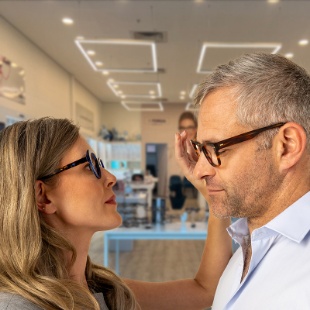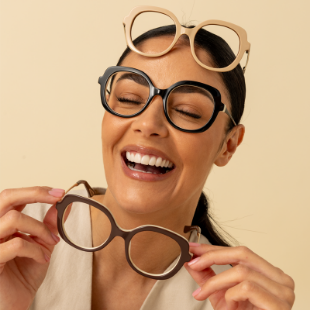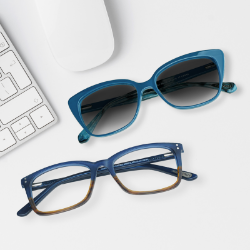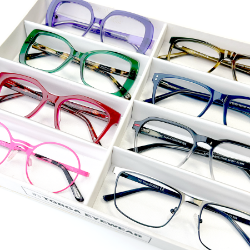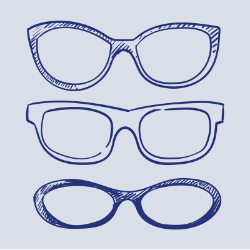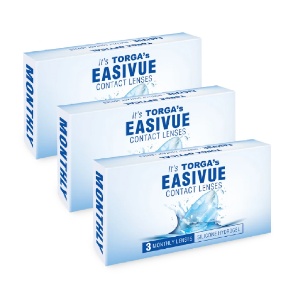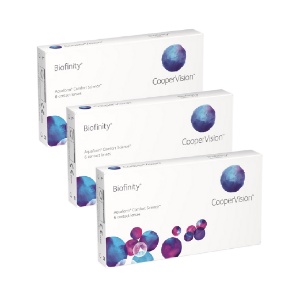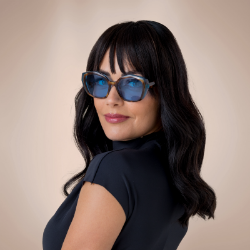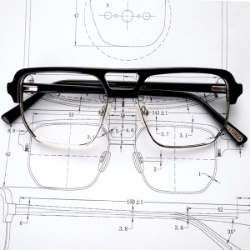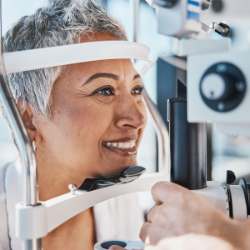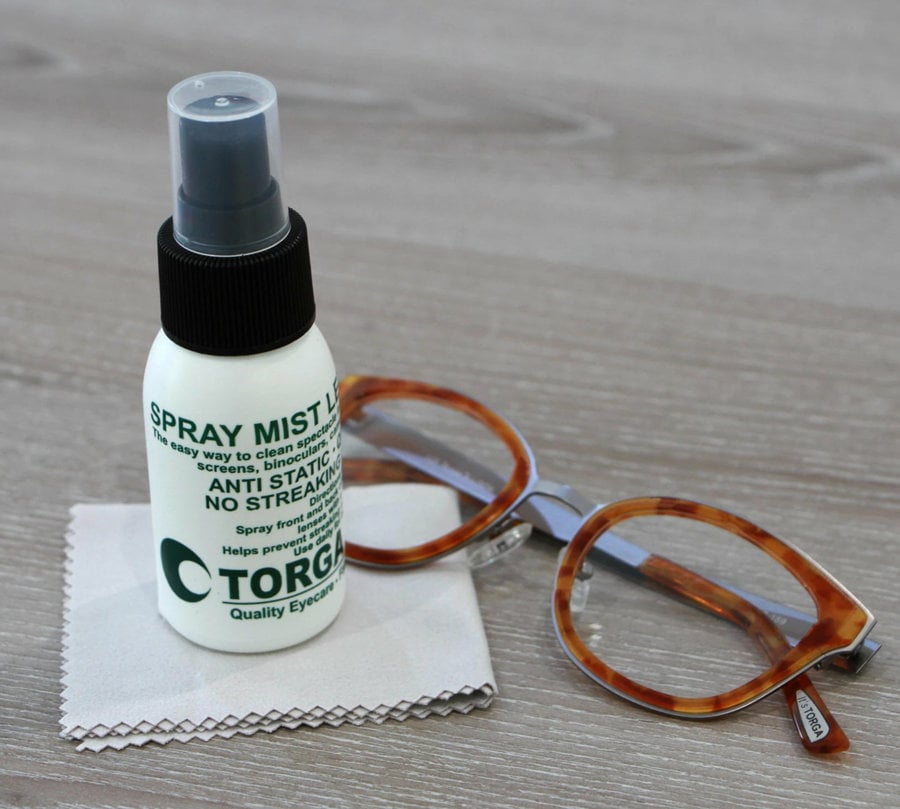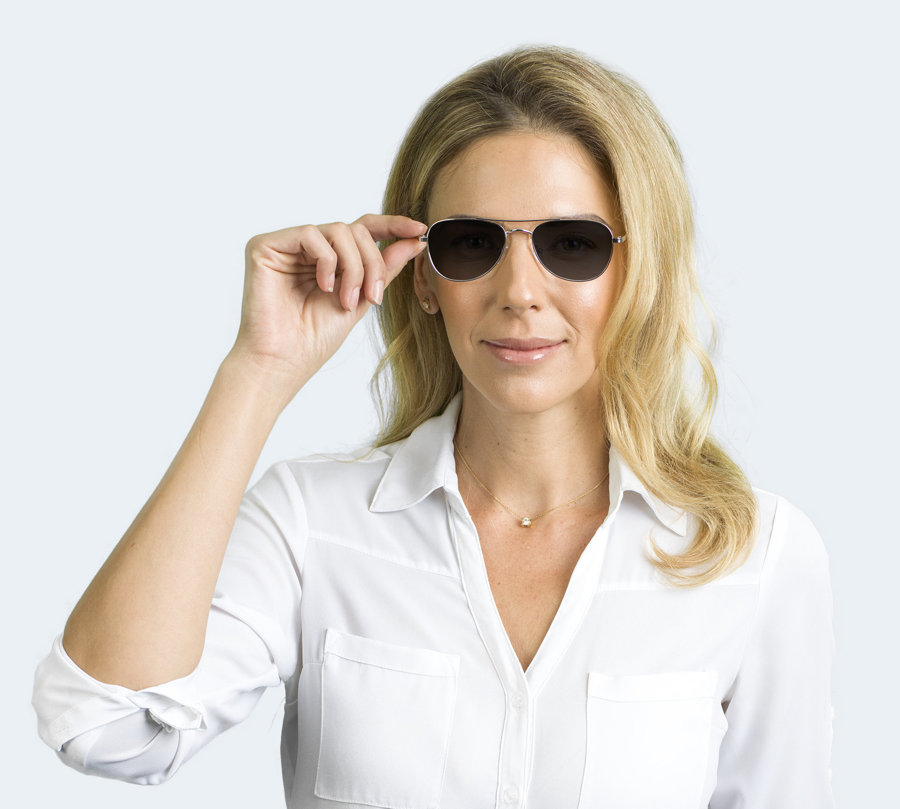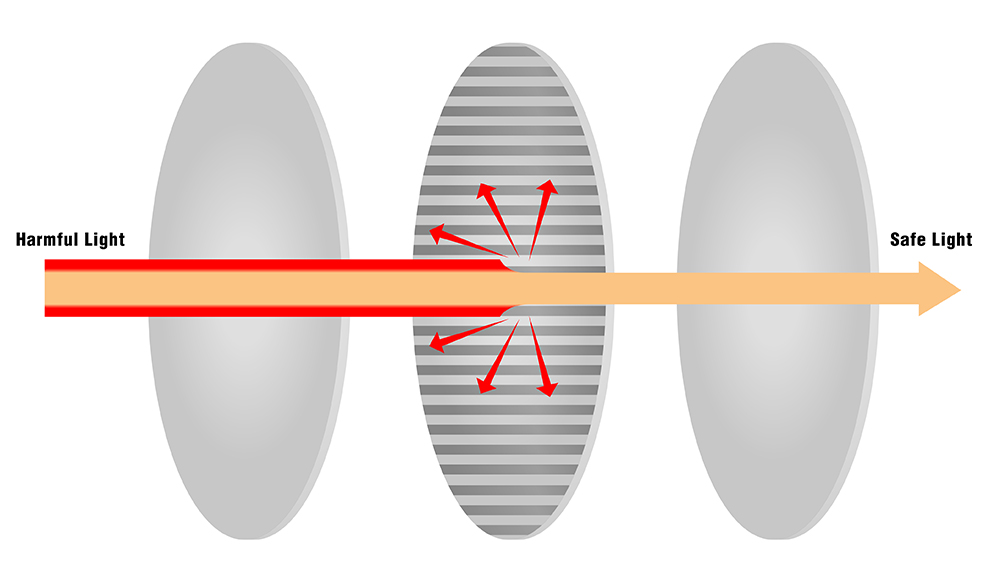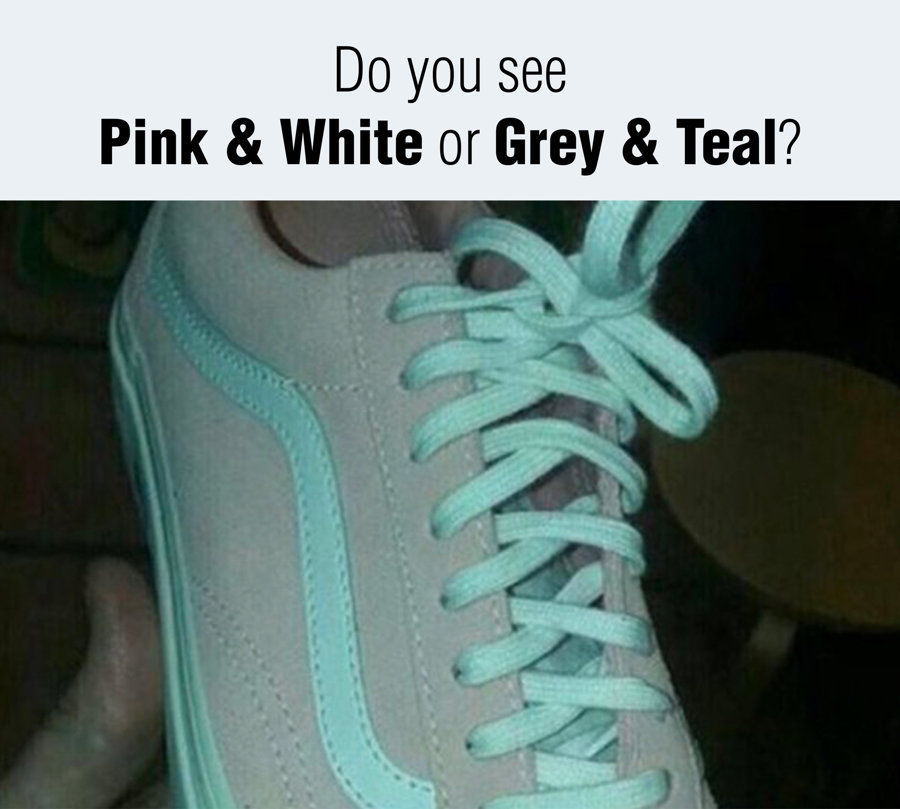Keep Your Glasses in Spectacular Condition
Spots, smudges, streaks and scratches! These are just some of the daily irritants for the average spectacle-wearer.
It’s tempting to reach for your shirt and wipe! But, if you want your lenses to last as long as they should, we urge you to resist. It's important to know how to clean your glasses the correct way. We’ve put together a list of what-not-to-do and our recommendations to keep your specs in sparkling condition.
What NOT to do when cleaning your glasses:
- The number one thing not to do when cleaning lenses is to wipe them with tissues, paper towels, napkins, or any other paper product. No matter how soft these materials might seem, they are made of wood pulp that can easily scratch your lenses.
- Avoid wiping your glasses with your clothing. Your clothes accumulate dust and dirt throughout the day. These particles can cause scratches even if the fabric doesn’t.
- Don’t put your glasses down uncovered or unprotected, and especially don’t drop them into your handbag or pocket. This leaves them extremely vulnerable to scratching. Furthermore, you can smudge the lenses if you retrieve them by the lenses instead of the frame.
- Don’t use just any kind of cleaning chemical. Chemicals like ammonia and window cleaner can damage or even remove the protective coatings on the lenses.
- Don’t leave the lenses in areas where there might be splatters and sprays, like the in the kitchen or bathroom. Hair spray and perfume can also cause damage to the coatings on your lenses.
How to keep your Specs Sparkling:
- When you’re not wearing your glasses, always store your glasses in a protective case. This will help to reduce dust particles settling on the lenses. If you don’t have a case, make sure to at least store them with the lenses facing upwards to avoid scratching the lenses.
- If you do not have access to a good lens cleaner, use warm soapy water to gently lather the lenses, frames, and nose pads. Then dry them gently with a clean and dry cotton cloth, or preferably a clean optical microfiber cloth.
- For every day, we recommend that you can get a special lens-cleaning solution and keep a dedicated microfibre cloth with it. Alternatively, you can make your cleaner by filling a small spritzer bottle with water and adding one drop of dish-washing soap. Shake-spray-rise and dry with a clean microfibre cloth.
- If your lenses do get scratched, bring your glasses into your nearest Torga Optical and we will see if we can fix them, instead of you trying to buff out the scratches yourself, which could do more damage.
- All Torga Optical stores offer a complimentary spectacle cleaning and adjustment service. Pop into your nearest Torga Optical so that you always have a sparkle in your spectacles!

